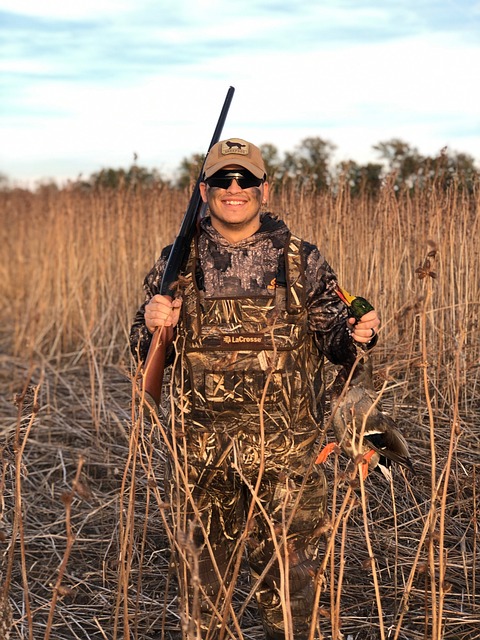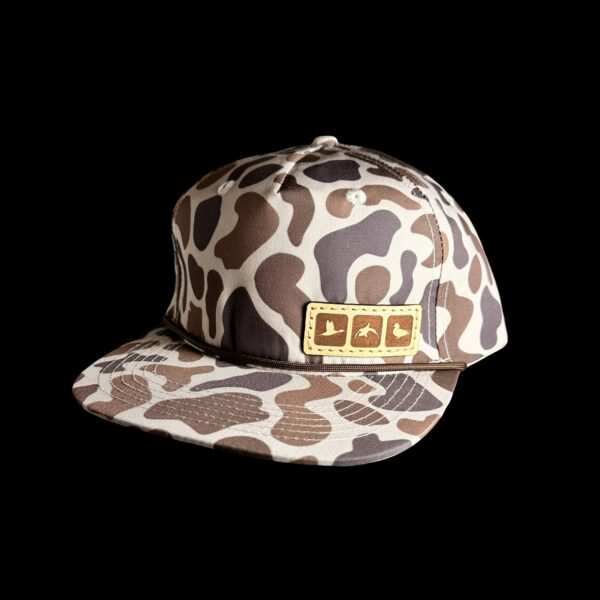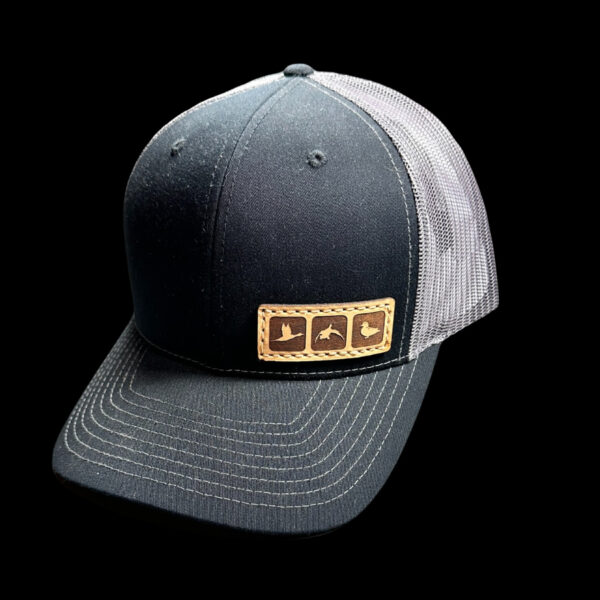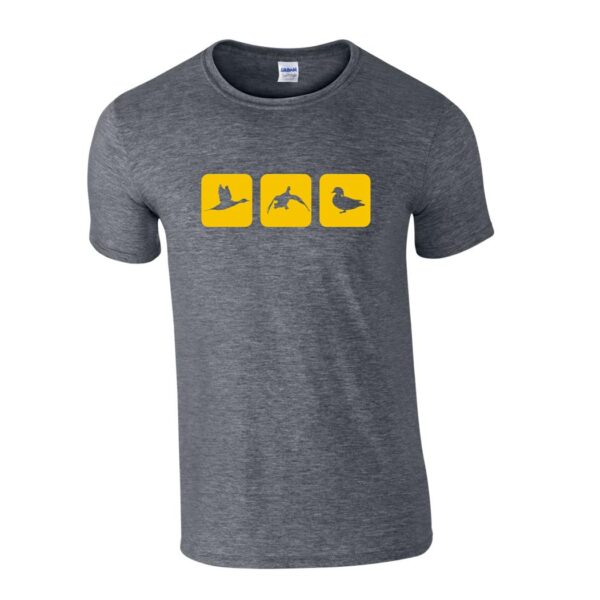For many who love the outdoors, duck hunting is a simple pleasure in life; one that brings friends and family together and offers a unique connection to nature.
However, duck hunting is neither the simplest, nor the most affordable type of hunting. Game laws can change, and there are dozens of species with different habits, behaviors, and seasons to consider.
To make sure you’re adequately prepared for your next duck hunt, here’s a guide on the essential gear you need to get started.
The Types Of Ducks
Before getting into the duck hunting gear you need, it helps to understand what you’re getting yourself into.
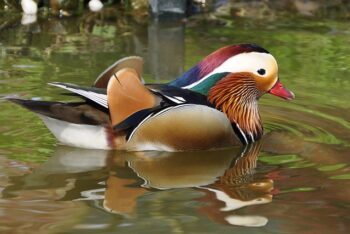
There are over 100 types of ducks, but most can be grouped into one of three categories: diver ducks, puddle (or “dabbler”) ducks, and perching ducks. You can find each in the United States, but each has distinct behaviors to consider when selecting hunting gear.
Diver Ducks
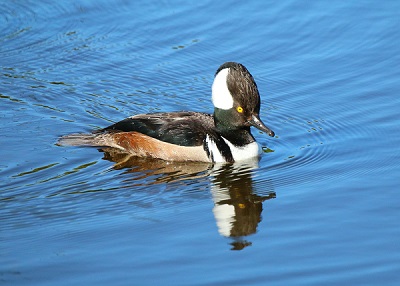
Diver ducks are adept at diving and swimming underwater. These birds are often found in larger open bodies of water such as lakes, rivers, and seas.
Built for life on the water, diver ducks have a unique way of taking flight. They run across the water’s surface and gradually ascend into the sky, much like an airplane during takeoff. You’ll need more firepower and precision to take down a diver duck.
Some diver ducks you might encounter include:
- Goldeneye
- Black scoter
- Canvasback
- Hooded merganser
Puddle Ducks
Puddle ducks have a more direct flight path than diver ducks, taking off with their wings flapping and gaining altitude quickly.
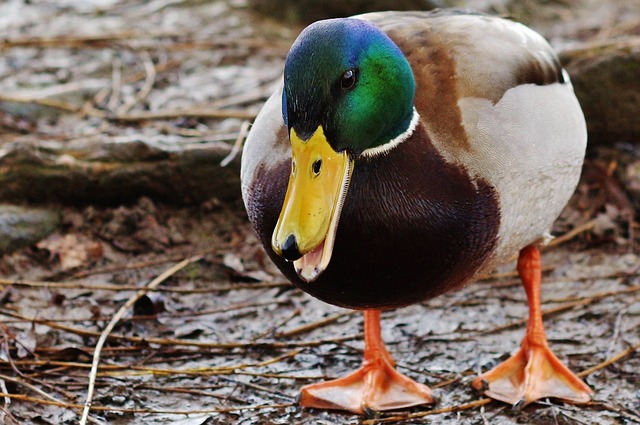
Puddle ducks (or, “dabbler ducks”) tend to stay closer to shore and shallower bodies of water, and it’s common to see them walking around on the ground (like the ones you might feed at the park).
Puddle ducks are also known for being quite sociable; they often form large flocks which will fly together in the same direction. This can make them easier to hit than diver ducks.
Some common puddle ducks you may come across include:
- Mallard
- Teal
- Widgeon
- Pintail
- Northern shoveler
(source: Britannica.com)
Perching Ducks
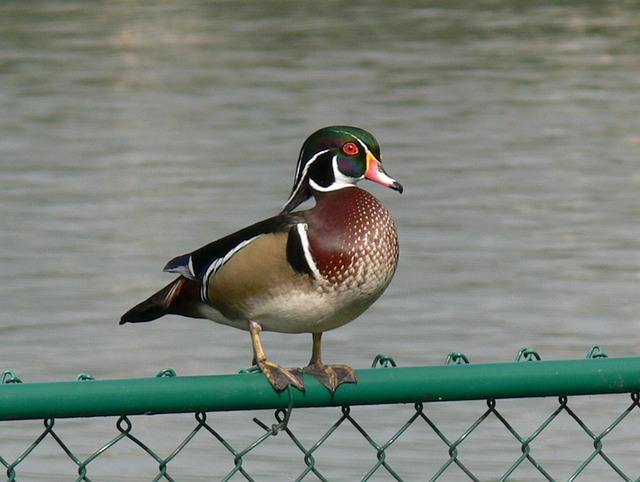
Perching ducks tend to nest in holes in trees. They have sharp claws, which aid in their ability to perch as well as long tails that aid in their ability to stop suddenly to perch.
Some types of Perching ducks include:
- Wood Duck (Woodie)
- Muscovy
(source: University of Nebraska Lincoln)
-
Sale!
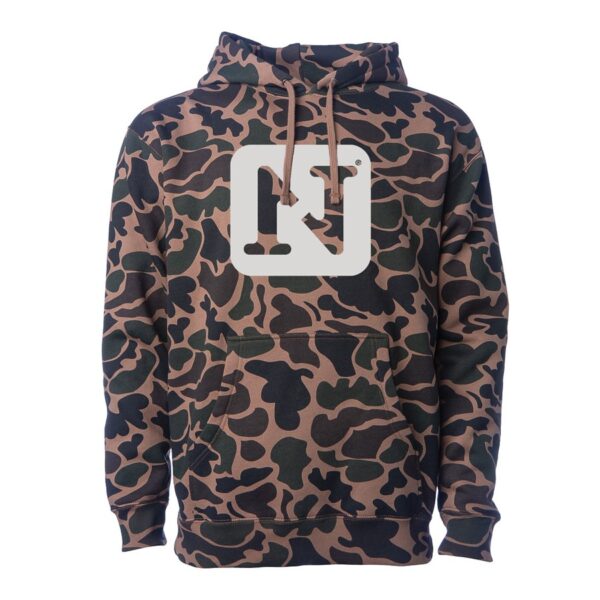
N1 Outdoors® Duck Camo Block Logo Heavyweight Hoodie
$34.00 Select options This product has multiple variants. The options may be chosen on the product page -
Sale!
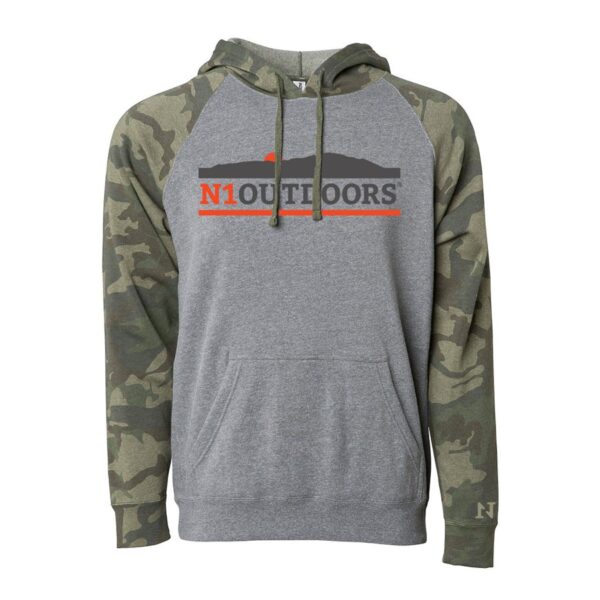
N1 Outdoors® “Sunset Mountain” Pullover Hoodie
$34.00 Select options This product has multiple variants. The options may be chosen on the product page -
Sale!
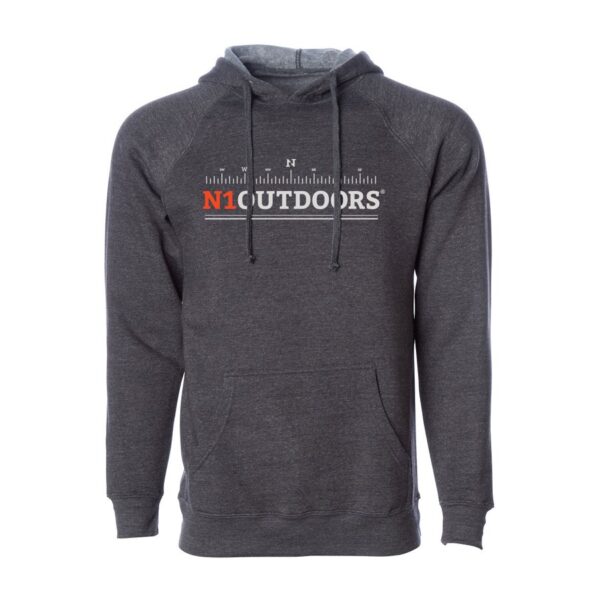
N1 Outdoors® Compass Pullover Hoodie
$34.00 Select options This product has multiple variants. The options may be chosen on the product page
Duck Hunting Gear: What You Need to Know
Unlike most other types of hunting gear, which are more versatile, duck hunting gear is specifically for duck hunting. As you grow your passion for duck hunting and hunt in different locations, you’ll find you need jackets, waders, decoys (plus rigs and bags), calls, and other gear that’s specifically designed for duck hunting.
Guns
Choosing a duck hunting shotgun will be the most important decision you make when shopping for gear.
In general, 12 gauge shotguns are the best for hunting ducks. Since you’ll likely take shots from further out, 12 gauges offer the extra power you need to make a clean kill.
Some of the best guns for duck hunting are:
- Remington 870. The Remington 870 is a reliable and affordable pump-action shotgun that has been around since the 1950s. While you have to reload every time you take a shot, this makes it less likely to jam or fail. The 870 is available in 12 and 20 gauge models as well as .410 bore.
- Benelli Super Black Eagle III: The Benelli Super Black Eagle III, a semi-automatic shotgun designed for hunting, is popular among avid duck hunters due to its reliability, accuracy, and durability. With a recoil reduction system to minimize felt recoil and various configurations like different barrel lengths and finishes, this versatile shotgun is available in both 12 and 20 gauge.
- Beretta A400 Xtreme: The Beretta A400 Xtreme is another semi-automatic shotgun. Its main differentiator is its innovative gas-operating system that reduces felt recoil, increases reliability, and offers multiple configurations like varying barrel lengths and finishes.
Ammo
Hunting ducks requires lead-free, non-toxic ammo. The two most common types are steel and bismuth. Steel is cheaper but has a shorter range, while bismuth offers increased accuracy and penetration power. Many types of ammo contain a blend of steel and bismuth.
The Apex Mossy Oak Shadow Grass Habitat Blend is a good ammo choice for duck hunting — it’s a unique 12 Gauge mix composed of S3 steel and Tungsten Super Shot (TSS). The TSS/S3 Steel version unites the Apex S3 Steel with the well-known impact strength and carrying power of TSS.
Decoys

When it comes to duck decoys, go with realism and quality.
Duck decoys come in many shapes, sizes, and colors and range from hand-carved wooden decoys to plastic decoys that are more affordable. If you want to get the most out of your hunt, it’s best to use decoys that have realistic features, are sturdy, offer movement to your decoy setup, and do not reflect light.
Durability is another critical consideration when shopping for decoys. With the exception of diver hunters, you probably aren’t shooting your decoys. However, you should consider how the ones you purchase will hold up to regular hunting conditions; that is, whether they’ll crack in freezing winter temperatures or chip their paint when being packed and unpacked.
If you’re hunting diver ducks, you’ll use diver decoys, which float on the surface of the water with their heads down, simulating a flock of birds diving beneath the surface for food.
When considering a decoy setup for duck hunting, you’ll need at least 12 decoys per person, although as few as six may be acceptable in smaller water areas.
In more expansive areas, such as ponds and lakes, more is always better.
#ad
Calls
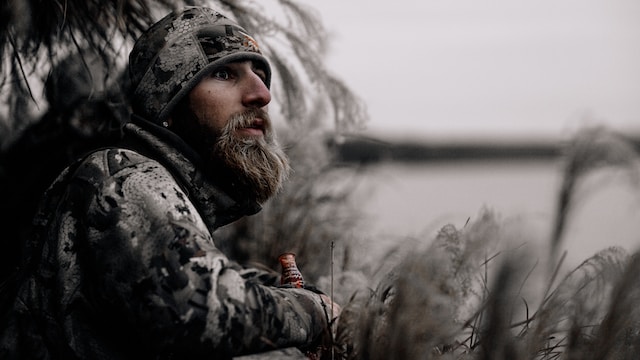
A call is an important tool for any duck hunter, because it can help lure ducks in or create a sense of comfort and security.
Calls come in a variety of shapes, sizes, and styles that produce different sounds. Considering the different types of ducks, one of the best calls to go with is the Buck Gardner 6 -in-1 whistle.
Clothing
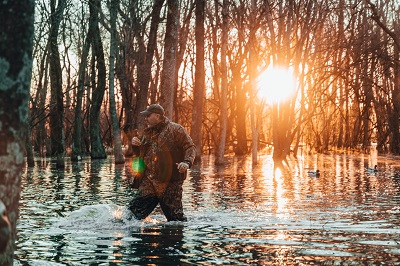
Although the exact clothing you’ll need depends on where you’re hunting and the weather conditions, there are some basic must-haves every duck hunter should consider:
- Waders: These waterproof boots keep your feet and legs dry while you’re in the water. Some models come with built-in insulation, which is essential for colder weather.
- Jacket: Duck hunting jackets are designed to provide ample warmth and dryness even in the wettest conditions. They often feature multiple pockets for storing gear.
- Gloves: Good gloves are essential to any duck hunting outfit, as they will help keep your hands warm and dry even in wet conditions. Neoprene gloves are a great option for colder weather.
- Hat: A good-fitting hat, such as a hunting beanie or cap, is essential for keeping your head warm and protected from wind and rain. Ideally, it should also provide camouflage so you can blend in with your surroundings.

Final Thoughts On Duck Hunting Gear Essentials
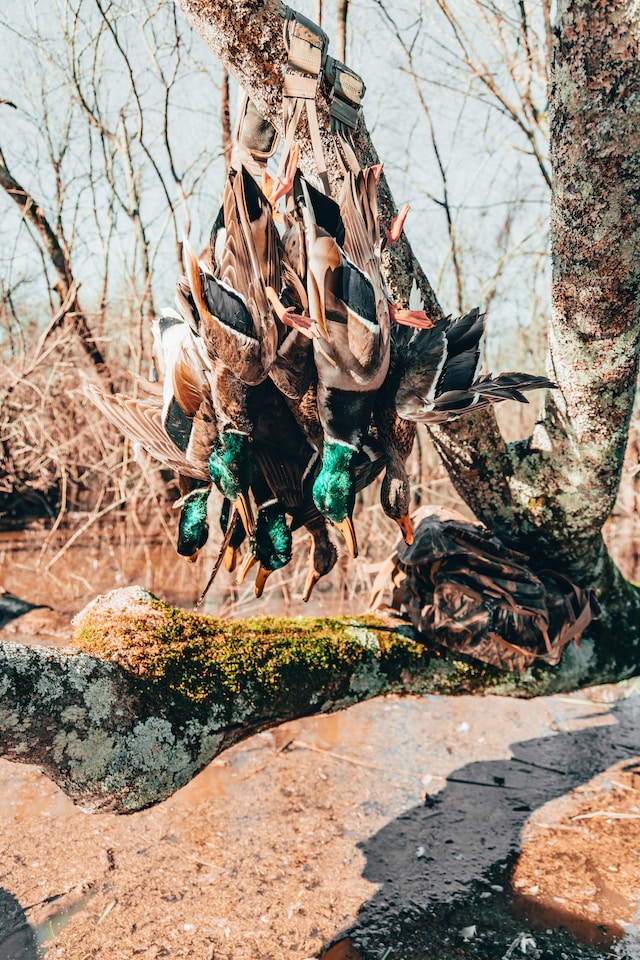
Duck hunting is a challenging yet rewarding sport, and having the right gear can make all the difference. The most important pieces of duck hunting gear are your gun and ammo, but don’t forget about the other essentials like decoys, calls, and clothing.
Hunting ducks combines the patience required for deer hunting, the interactivity of hunting turkey, and the action and precision of bird hunting, all in one.
Taking the time to find the right gear for your duck hunting trips will pay off in the long run.

